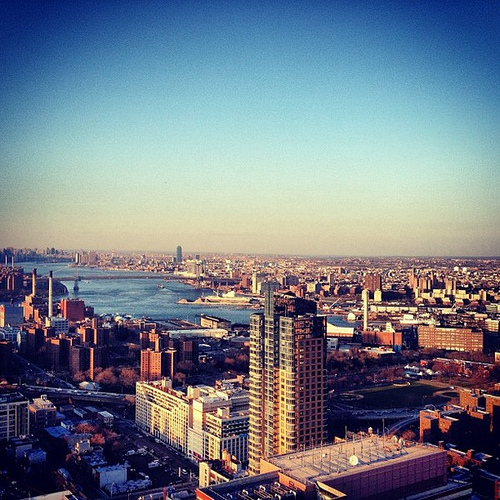How Will Driverless Cars Impact Cities?
+ Brandon Fuller
In a recent opinion piece for City Journal, I argue that driverless cars can free up urban land for better uses, serve as a complement to public transit, and improve urban mobility and job access.
Driverless cars can save on energy and space. Because their reaction times are faster than those of human drivers, driverless cars are safer and less likely to crash. They can be built lighter, making them more energy-efficient than regular cars. When traveling together in “pods,” driverless cars can also cut down on energy expenditures by reducing “drag.” Smaller, lighter cars also take up less space, both in motion and at rest. Because driverless cars can park themselves, they can park closer together.
When shared, driverless cars can operate like on-demand taxis, increasing urban mobility. Fleets of shared driverless cars could reduce the need for prolonged parking altogether, freeing up urban spaces outside of commercial and residential buildings as well as bike lanes, sidewalks, and parks for better uses. Outside the urban core, shared fleets of driverless cars could offer door-to-door trips for any itinerary, free from mass transit’s time constraints. Paired with computerized ride-share systems, driverless technology will also make carpooling more appealing. Easy coordination of passengers based on trip itinerary and time will increase the number of passengers per vehicle and reduce the space and energy intensity of car commutes.

